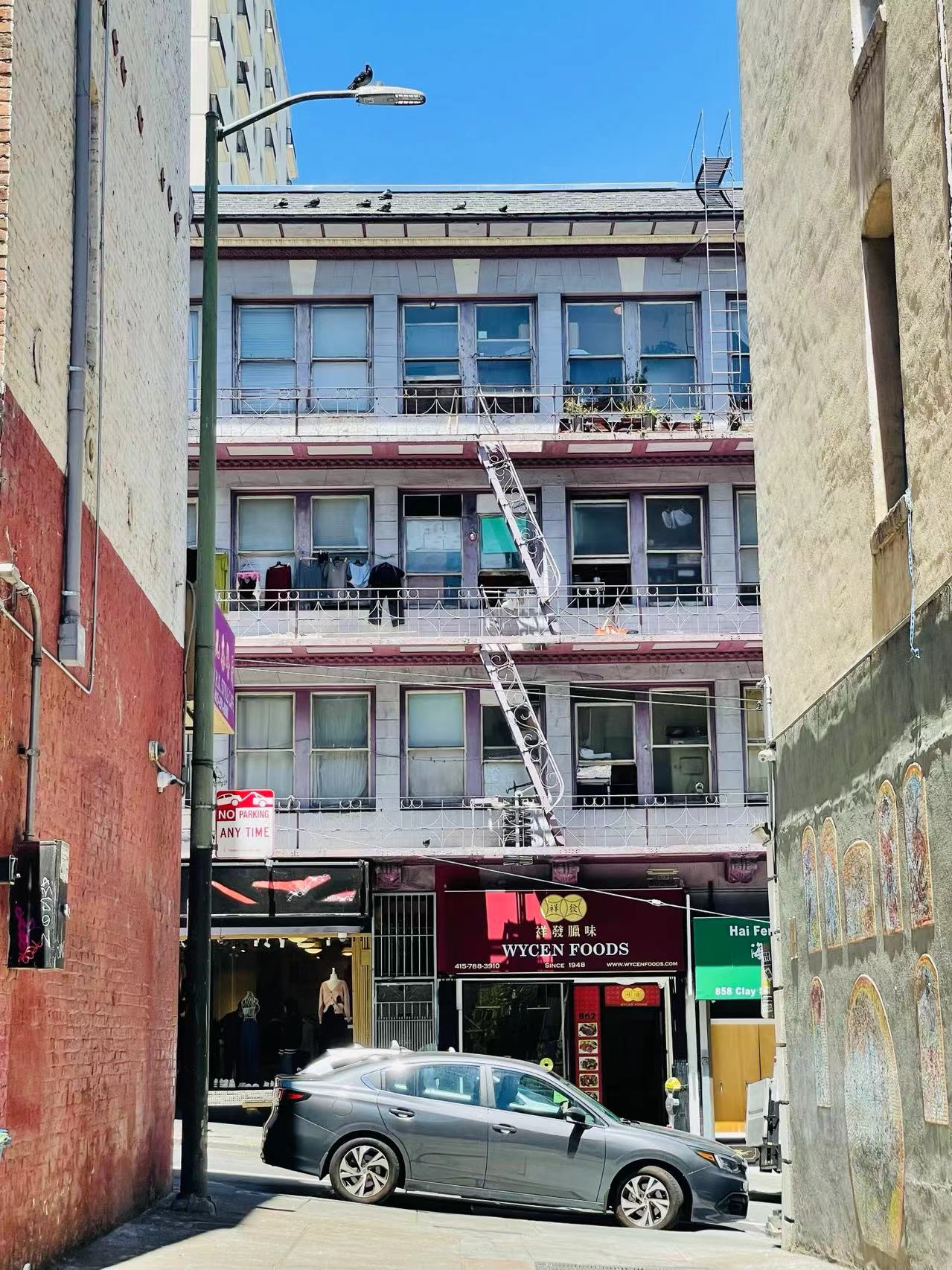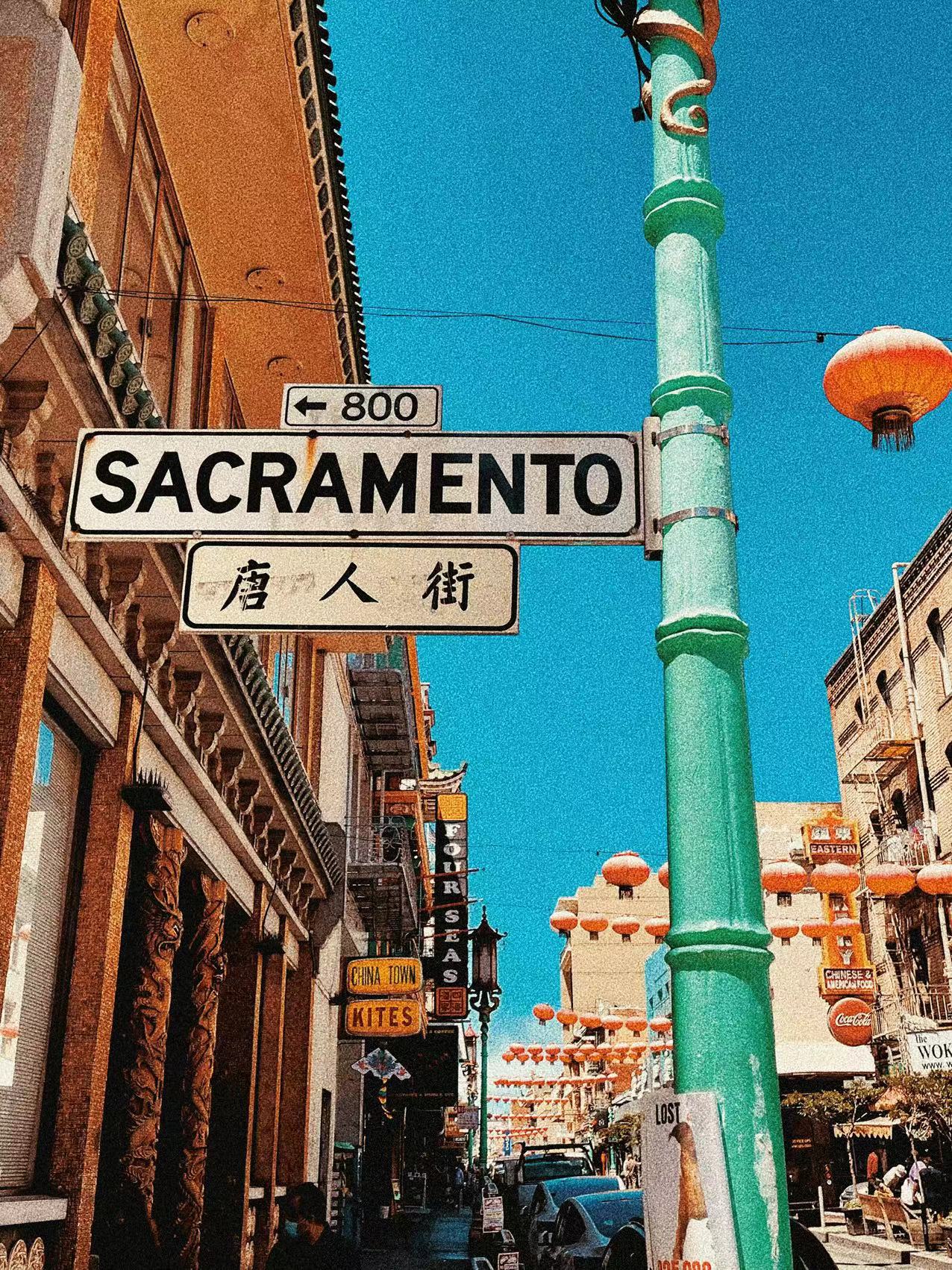每当听到“唐人街”这个词汇,人们都会想起它在每一个都市中作为旅游景点带来的价值。 然而,唐人街形成背后的种族压迫和偏见却鲜有人知。种族隔离通过种族歧视、偏见和骚 乱团结了华侨同胞的民族精神。集体认同的诞生给受压迫的移民带来了光明,同时也让移 民克服了偏见所带来的艰苦困境。从1880年开始,唐人街最初形成的社区保护和蕴藏了中 国移民的历史和文化的发展。尽管白人对中国移民依然带有种族偏见,这个温室在团结华 侨的同时继续繁荣发展。
华人移民在唐人街的发展中大程度利用了唐人街自身文化的特点。随着时间的推移,唐人 街文化演变成美国和中国文化的混合体。从非自愿隔离和到自愿隔离,和从美国社会同化 失败到成功融合,华人移民的共同意识控制着唐人街的商业发展和演变。从压迫与斗争, 排斥与妥协到求同存异,这些交织在华侨社会的历史共同促成了唐人街的发展与繁荣。
新生的旅游业为中国人的团结精神提供了进一步发展空间,并强化了美国社会对中国人的 融合认同。当旅游业因集体文化而产生而繁荣起来时,文化也因经济增长而受益,形成了一 个促进循环。不仅如此,旅游业的兴起也帮助中国居民改写了他们的声誉和历史。唐人街 的文化不再被定义为中文文化的克隆体。相反,它发展和发明了符合美国主流的习俗和传 统。唐人街发展了自己独有的文化。
尽管如此,正是因为自愿隔离,我们今天才可以在居民楼、洗衣店、中国餐馆和小巷里发现 遗迹。然而,即使唐人街繁荣了一百余年后,种族仇恨也从未彻底根除。 “历史必须长存,所 以我们才不愿意让香雅倒下。在唐人街里随意逛逛,你就会被我们的文化惊艳到。这其中蕴 藏的文化价值是任何人都不能低估的。 ”香雅茶室的老板Chui指着唐人街的中央路标说道。 即使唐人街完全商业化,它也将永远是华侨祖先迈出自愿隔离的第一部的象征。


Whenever the word “Chinatown” is brought up, people are immediately reminded of its identity as a tourist attraction in every modern urban city. However, racial oppression and prejudice behind the formation of Chinatown was rarely realized. Segregation unified and aided the Chinese immigrants through all the racial hatred, prejudice, and commotion. The birth of collective identity, a light to the oppressed immigrants, allowed immigrants to overcome racial prejudice. Chinatown’s original “enclave” served to preserve Chinese culture and history. Despite restrictions and racial prejudice toward the Chinese population, this enclave continued to thrive while unifying residents.
Recognizing the importance of Chinatown's own culture, Chinese immigrants utilized the culture’s characteristics largely in Chinatown’s development. In the course of time, it evolved into a hybrid of American and Chinese American culture. From involuntary and non-assimilatory, to voluntary and integrated, Chinese immigrants who shared a collective identity controlled Chinatown’s narrative. From oppression and struggle, rejection and accommodation, to seeking common ground and preserving differences, all these histories are interwoven in the evolution of this enclave, and together they have contributed to the development and prosperity of Chinatown.
The newborn tourism industry gave collective identity room to develop and reinforced the collective Chinese identity to the American society. When the tourism industry was created because of collective culture and later prospered, the culture also benefited from the economic growth, creating a cycle of promotion. Its rapid development fulfilled the mission of prosperity and disrupted racial stereotypes set on Chinese through the tour process. The rise of the tourism industry aided Chinese residents to rewrite their reputation and history, since they could “script and control the narrative of Chinatown '' through tourism. In a way, Chinatown enhanced both their collective identity and their status as a ethnicity group in American society. Chinatown’s culture could no longer be defined as the replicate of China; it developed into a creature for the purpose of American aesthetics. It slowly progressed into its own culture.
The gradual formation of Chinese identity is still visible inside the remnants of tenement housings, laundry services, and countless traditional Chinese cuisines in the hidden alleys of the San Francisco Chinatown. Chinatown was a failed product of assimilation for it only prospered under discrimination created by the Chinese’s inability to assimilate. Nevertheless, voluntary segregation led to cultural treasures that we still see today.However, racial hatred was never thoroughly eradicated even decades after Chinatown’s prosperity as a tourist attraction. “We try to keep history. We try to keep Chinese tradition. If you walk around Chinatown, you will see our culture. It is way too significant.” Chui deliberately stated as he pointed to the center road sign of Chinatown, Sacramento Street. Even though Chinatown fully transformed into a commercial district, it will forever be an emblem of voluntary segregation in the footsteps of the ancestry.
anissa yu